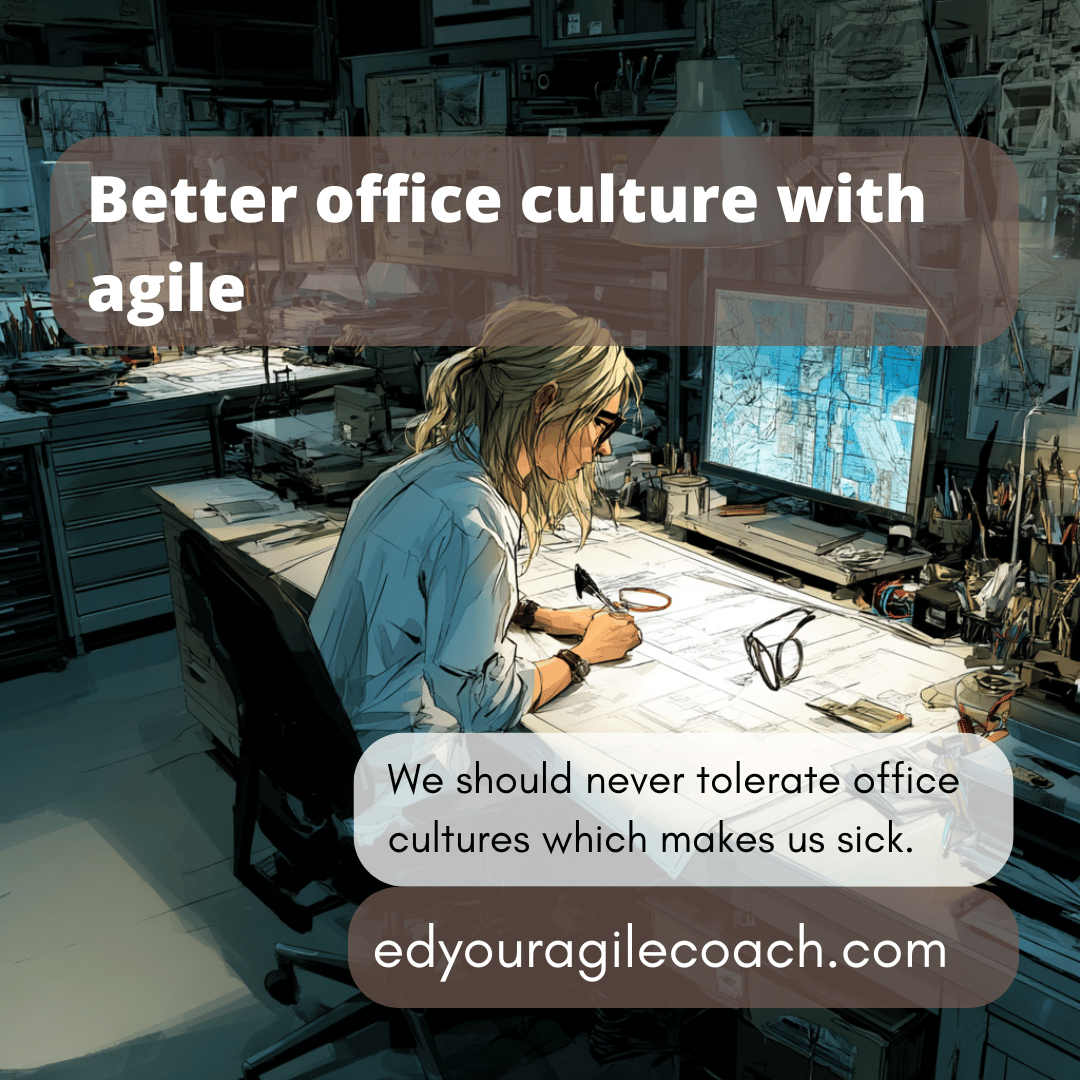Death to agile-lite!

I have been working as an agile professional for ten years. It is equal measures a lucrative and frustrating career. Servant leadership is hard to teach others and practice, which makes it profitable. It is frustrating because you struggle against decades of entrenched thinking inside the business. Fortunately, I have an excellent personal support system and a sincere devotion to what I do. We are moving into a new phase of the agile reformation, and I would like to discuss it.
Agile is gaining more acceptance in the business world. Its use has turned around significant organizations, and its application at Microsoft is beginning to create mythology that jealous rivals want to mimic. Many of these competitors wish to have the success that agile brings to a company without making the necessary behavioral and cultural changes. In their mind, agile is something you do instead of a goal to strive. You take a few management consultants in the organization, apply a random scaling network, and then watch the productivity jump through the roof. It is a foolish, short-sided approach to organizational change.

Jack Skeels writes a great blog on this trend in the business world. People see agile working, and they want its benefits without making the necessary changes. He calls this, “Agile is anything Management calls it.” It is no different than working for a traditional organization, except you are working harder to deliver the same disappointing results. Furthermore, disillusionment sets in as you work to satisfy someone else's nihilistic and selfish goals. Steve Denning has a more polite description of this trend. He calls it “agile-lite,” which is “…the adoption and tools of agile without necessarily deploying them with an agile mindset.” It is like a cargo cult which will build faux airports out of bamboo and reeds with the hope cargo jets will arrive bringing wealth.
So, what is an agile mindset? It is an understanding of the Agile Manifesto and the principles of Agile. It is a growth mindset that is willing to try new things to improve. It is ruthlessly applying inspection, adaptation, and transparency to the organization. Finally, it is expending energy getting work done instead of managing up the organization. To be successful, it requires more than lip service. You cannot install Jira in your organization and expect it to become agile instantly. You have to do much more, and you will have to escape your comfort zone.
Agile is eating the world, and it is approaching its twentieth anniversary. As this movement enters its third decade, it is up to everyone in this community to beat back fake agile and “agile is whatever management wants.” Plenty of positive change has taken place, but more needs to be done. Otherwise, we will be doing agile instead of being agile.
Until next time.




Comments ()